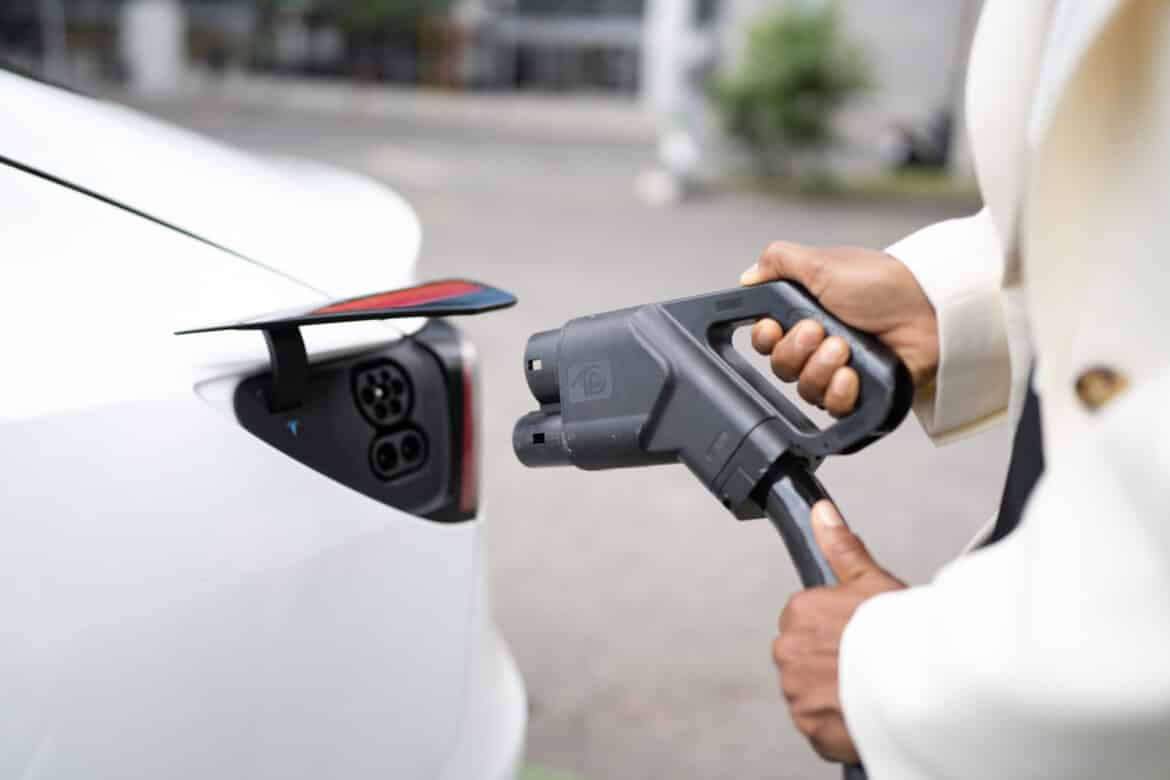Electric cars – meaning full electric cars – are powered by an electric motor that runs on the electricity stored in batteries. But how does this motor work? In this article, we’ll try to clarify.
How does the motor of an electric car work?
In an electric car, the electric motor is usually located under the hood or near the wheels. The motor is powered by a group of rechargeable batteries, usually made up of lithium-ion cells. These batteries can be recharged by connecting the car to a charging point.
Electric motors use the principle of electromagnetism to convert electrical energy into mechanical energy. When the driver presses the accelerator pedal, the electric motor draws energy from the battery pack and uses it to turn the wheels. Unlike a gasoline engine, which uses combustion to create movement, an electric motor provides instant torque, allowing the car to accelerate in a very smooth manner.
Rotor and stator
The electric motor consists of a rotor and a stator. The stator is the fixed part of the motor, while the rotor is the rotating part. The stator contains a series of coils that are excited with electricity to create a magnetic field. When electricity flows through the coils, it creates a magnetic field that interacts with the rotor, causing it to rotate.
The rotor contains a series of magnets arranged in a specific pattern. When the magnetic field of the stator interacts with the magnets of the rotor, it creates a rotational force that rotates the rotor. This rotational force is transferred to the car’s wheels through the transmission, moving the car forward.

Types of motors
There are two types of motors that are most commonly used: alternating current (AC) motors and direct current (DC) motors. AC motors are the most commonly used in electric cars, as they offer better efficiency and are easier to control. However, DC motors are still used in some electric cars, especially in older models or smaller vehicles.
In an AC motor, the coils of the stator are arranged in a specific pattern to create a rotating magnetic field. This rotating magnetic field interacts with the magnets of the rotor, causing it to rotate. The speed and torque of the motor can be controlled by adjusting the frequency and amplitude of the electricity supplied to the motor.
AC and DC current
In a DC motor, the coils of the stator are connected to a series of commutator bars, which switch the direction of the current flowing through the coils as the rotor turns. This creates a magnetic field that interacts with the magnets of the rotor, causing it to rotate. The speed and torque of the motor can be controlled by adjusting the voltage of the electricity supplied to the motor.
Of course, both AC and DC motors are powered by the car’s battery, which stores the electricity generated by connecting the car to an external power source (such as a charging station) or, to a lesser extent, by regenerative braking. The battery pack is connected to an inverter, which converts the electricity stored in the battery pack into electricity that can be used to power the motor.
In summary, the motors of electric cars work by using the electricity stored in the car’s battery to create a magnetic field that interacts with the magnets of the rotor, causing it to rotate. The speed and torque of the motor can be controlled by adjusting the frequency, amplitude, or voltage of the electricity supplied to the motor.
Sources
https://electronics.howstuffworks.com/motor.htm
https://www.motortrend.com/features/how-electric-cars-work-ev-differences-definitions/








